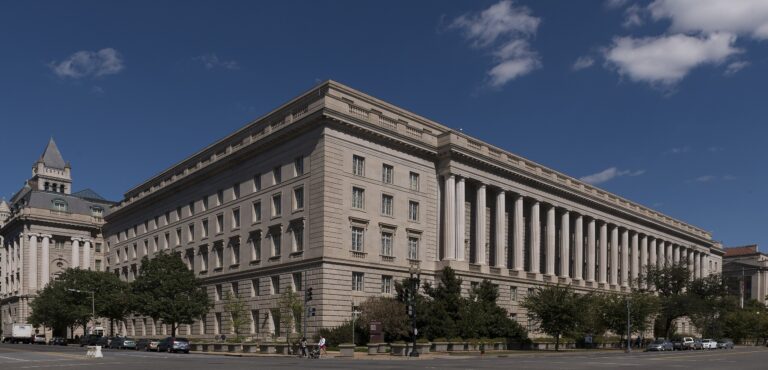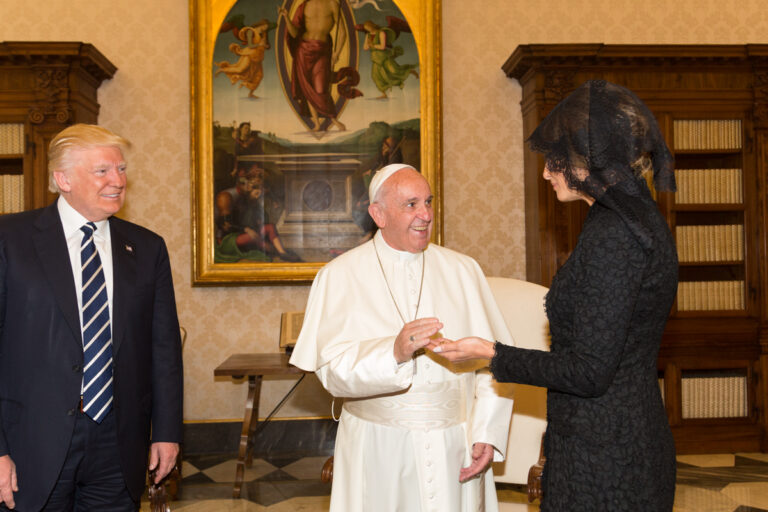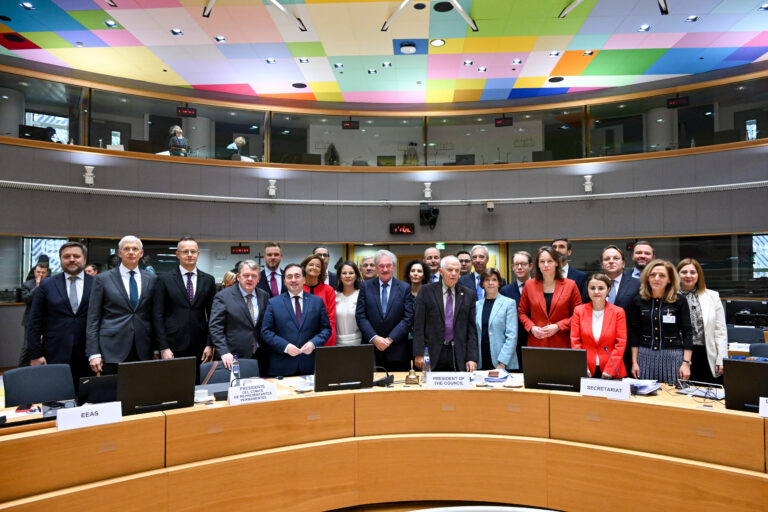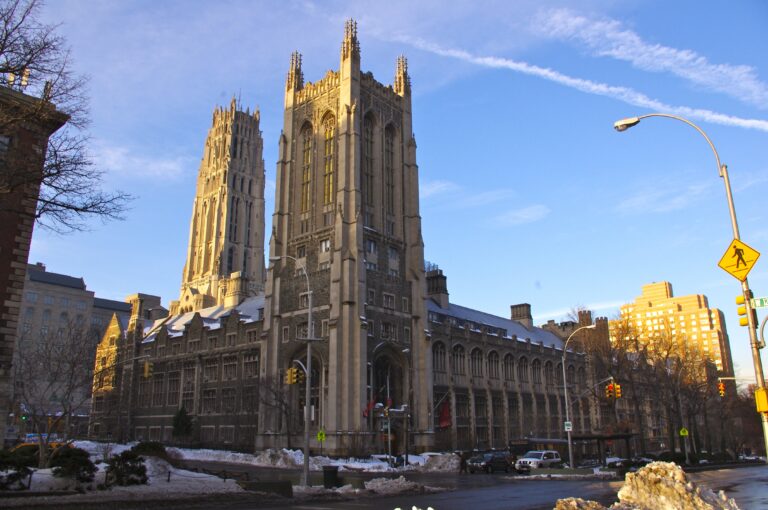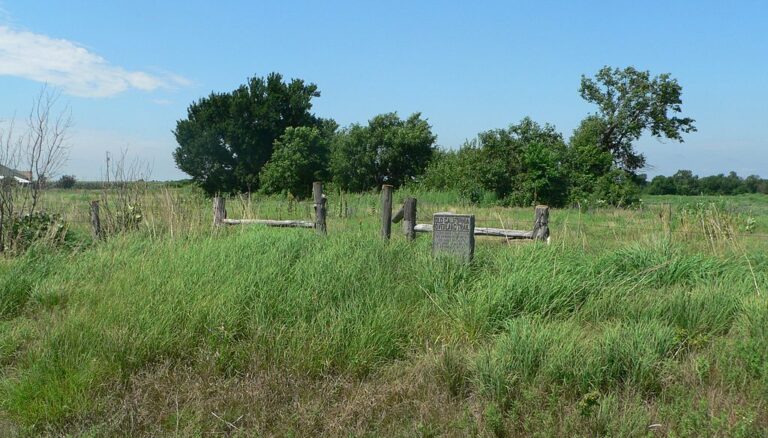
Querying “No Religion”: State, Society and Spirituality in Australia
Anna Halafoff, Andrew Singleton, & Elenie Poulos
Photo of the State Library of South Australia by Vlad Kutepov on Unsplash
The following essays are reprinted and adapted on Canopy Forum in collaboration with the journal, Australian Journal of Law and Religion, a biannual electronic publication that is free and open access. Read more essays here. You can also read this essay and others in the latest volume of the AJLR (Volume 5) in the Special Topics section.
Spirituality and Nature-connection: New Worldview Trends
The number of people declaring themselves to have “no religion” in Australia has been rising in recent decades, as the number of those identifying as Christian has been falling. Yet, digging deeper into demographic trends of this religious change than the Australian Census religion question allows, the picture is far more complex. Recent research in Australia, as in other so-called Western societies, has focused on the decline of mainline Christianity, the rise of the “‘nones”’ and increased religious diversity, yet there are two parallel trends that are only beginning to receive more substantive scholarly attention in and beyond Australia. These are the large percentages of people who identify as spiritual—be that “spiritual but not religious” (SBNR) or “spiritual and religious” (S&R)—and those who report a strong connection with nature, which may or may not be spiritual.
The most recent version of the Australian Census did not adequately capture these trends, with the Census religion question still largely modelled on an outdated “world religions” framework, expanded to include “no religion”, yet not reflecting the historical and contemporary reality of worldview diversity in this continent, that is spiritual, religious and non-religious. While the Census religion question indicates that large numbers of Australians are not religious, a recent survey reveals a more complex picture, with significant portions of young Australians being SBNR or S&R.
The Australian Generation Z Study
A nationally representative survey of 1200 Australians aged 13–18, in the “Worldviews of Australia’s Generation Z” study, asked the same Census religion question but also more nuanced questions on religion and spirituality. It also applied a latent class analysis, identifying young people with shared characteristics, to survey results. Responding to the Census religion question, 52% of young Australians identified as not religious. However, the latent class analysis, which also examined whether these teens considered themselves spiritual, their spiritual and religious practices, and the importance of religion in their daily lives, revealed a more complicated picture. Only 23% were strongly non-religious and non-spiritual (labelled “this-worldly”), and 15% were “indifferent”. The rest engaged with religion and spirituality: 18% were identified as “spiritual but not religious”;. Additionally, 8% were both religious and spiritual (labelled “seekers”);, 20% were “nominally religious”;, and 17% were classified as “religiously committed”.
Teens partook in a number of spiritual practices, with the most popular being meditation (28%) and yoga (22%). Substantial proportions believed in karma (50%), reincarnation (29%) and astrology (20%). While they did so for personal development and self-care, these practices and beliefs were also deeply social, things they had learned from their parents, and also enjoyed doing together with family, friends and spiritual communities.
76% of the teens also reported a strong connection to nature. This was experienced by teens across the full spectrum of worldview types, and some saw it as spiritual, and others as completely material yet no less “sacred”. The AGZ teens’ spirituality and nature connection also impacted their politics. Some reported being vegan and committed to animal rights and/or environmental activism, such as participating in protests to protect forests.
These findings demonstrate that the spiritual—SBNRs and S&Rs—are a significant cohort among young Australians, as are those who report a strong connection to nature. However, these worldview types are yet to be reflected in state policies and curricula that still problematically display a strong privileging of Christianity and Abrahamic faiths. They have adapted in some ways to recognise this continent’s secular and multifaith reality, but not yet the significance of spirituality or nature-connection to Australians, despite historical and contemporary facts of their prevalence.
Marginalisation of Spirituality
The story of spirituality and nature-connection in Australia begins with this continent’s First Peoples – Aboriginal and Torres Strait Islanders – who have always had diverse knowledges, languages, beliefs, and practices. Theis spiritual and religious diversity of Australia increased with subsequent flows of migration between Australia and Asia, then Europe and other parts of the world, related to fishing, mining, pearling, and sugar cane industries. Migrants and workers brought their Muslim, Taoist, Confucian, Buddhist, Hindu, and Sikh traditions with them, attested by the material record of mosques, temples, cemeteries, and shrines across Australia.
Ghassan Hage argues that Australia remains stuck in a White Nation fantasy that was socially constructed at Federation by the 1901 Immigration Restriction Act 1901, known as the White Australia Policy. It attempted to curtail migration and trade, and control and suppress relations between Indigenous and Asian communities, particularly across the far north of the continent. Indeed, the reality of cultural, spiritual and religious diversity of Australia still competes with the myth of a White Christian Nation. Since the demise of the White Australia Policy in the 1970s, there has been gradually more acceptance of the need to be aware of and recognise the rise of the “nones” and of religious diversity in political and scholarly spheres. Spirituality has yet to achieve the same salience.
European scholars Anna Fedele and Kim E. Knibbe, have rightly argued that spirituality is marginalised in scholarly and state sectors, as it is associated with women and the private sphere. Australian scholars have also argued that spirituality is taken less seriously, given its association with Indigenous and Asian knowledges and communities. Christianity, Islam, and Judaism, by contrast, receive far more serious treatment in Australian media, policy, and curricula.
Spirituality and Education
For example, Australia’s supposedly secular education system has produced an Australian Curriculum that has gradually included more Christian content and emphasis, since its first iteration in 2009. Before that each state had its own curriculum curricula. The Australian Curriculum came into being as part of former conservative Prime Minister’s John Howard’s nation building agenda, founded on “Judeo-Christian values”.
By the time the Australian Curriculum was published, Howard had been replaced by a more socially progressive Labor government. Australia was described within the first national curriculum as a “secular and multifaith” society. After a major review and revision in 2015, at the time of conservative Catholic Prime Minister Tony Abbott, this descriptor was changed to Australia being “a secular nation and a multi-faith society with a Christian heritage.” The most recent iteration in the 2022 Australian Curriculum, version 9 (v9), for Foundation to Year 10, which was reviewed and redrafted when conservative Pentecostal, Scott Morrison was the nation’s leader, states:
Australia’s secular democracy and pluralist multi- faith society draws upon diverse diverse cultural origins, including Christian and Western heritage, distinct First Nations Australian histories and cultures, and migrant communities.
Christianity is once again privileged here, listed problematically before Indigenous Australian “histories and cultures” and “migrant communities.”
While the secular and faith, in “multi- faith”, is mentioned in all three of these iterations of the Australian Curriculum, spirituality is not. Spirituality does feature in learning areas of history and particularly in geography in the 2022 v9 Curriculum, largely related to First Nations Australian’s’ connection to Country and water. There are alsois a single mentions of the spiritual significance of water to “Asian culture’ (singular not plural), to the spiritual significance of persons, places, and buildings in their local community, and of people’s relationship to the environment having a spiritual dimension. Yet content on religion, and specifically Christianity, far outnumbers content on spirituality or so-called “other” faiths, and Christianity and Islam receive much more considered treatment than spirituality or Hinduism and Buddhism. This is as a result of substantive Christian lobbying. So much for a secular state education!
SBNRs and Spiritual Care
Research also reveals that end-of-life care in Australia is largely dominated by Christian, and in particular Catholic providers, who have recently rebranded “palliative care” as “spiritual care”. Within this sector, spirituality is still largely associated with Christianity, but also multifaith models of care that better reflect Australia’s religious diversity. However, end-of-life care for SBNRs is not yet sufficiently catered for, and this gap is sometimes filled by “‘Buddhish” end-of-life care (Buddhist inspired spiritual care for non-Buddhists) , offered by Buddhist or natural deathcare providers.
The “Dying ‘Buddhish’ in Australia” project found that many people turn to Buddhist texts, such as Pema Chödrön’s When Things Fall Apart, to better understand suffering , identifying Buddhist teachers as holistic, compassionate, death experts. Buddhist symbols such as lotus flowers, bamboo, incense, candles, and Buddhas, and practices such as mindfulness, loving kindness, and deep relaxation were cited as associated with calm and peaceful states beneficial to the dying and their families. Sitting in gardens or having views of nature, and listening to the sounds of birds were also said to be things that people valued when approaching the time of death.
Health and deathcare sectors, like the education sector, need to also be better aware of the changing worldview demographics of societies including the spiritual, religious, and non-religious. Christians, Muslims, Hindus, Buddhists, and other religious persons will likely benefit from spiritual care that aligns with their traditions. This has been acknowledged by the Australian Aged Care Quality and Safety Commission, which has a requirement within its Quality Standards for providers of residential aged care, that they offer services that “promote the emotional, spiritual and psychological well-being of consumers”. Healthcare sectors are aware of this and do their best to provide a multifaith model of care, although religious minorities remain generally less well-resourced than Christian, Jewish, and Muslim communities.
As noted above, the AGZ study indicates that around a quarter of the population are strongly not religious – while they likely do not want any form of spiritual care they may, as the “Dying Buddhish” study indicates want end-of-life care that is focused on nature connection, or other things that they hold “sacred”, from family, to favourite music, or football.
The significant numbers of SBNRs are likely to want spiritual care that is not Christian or religious at all. This may at times be Buddhish or more secular forms of calming practices, connected with nature, or again, with that which means the most to them. These practices may be eclectic, deeply personal, or social, and as one “Dying Buddhish” participant declared, should certainly not involve “an enormous crucifix on the wall”.
Spiritual Complexity
State actors, curriculum writers, and healthcare providers must be aware of Australia’s spiritual diversity and complexity to better inform their policies and practices.
Not everyone is spiritual, but large numbers of people are, this includes SBNRs and also those who are religious and spiritual.
Spirituality can have similar benefits to religion. Spirituality can provide meaning, community, wellbeing, right livelihood, and ethics for how to live and die well together.
Spirituality is not however benign, it involves similar risks as religion, spiritual leaders have misled and abused spiritual individuals and communities, and many people are sceptical about products and practices that are not scientifically proven and potentially monetised for personal gain. “Conspirituality” – conspiracy theories circulating within spiritual communities – can lead to vaccine and cancer treatment hesitancy or resistance.
Spirituality is not only deeply personal, it can be political, arising from a strong ethical commitment to peacebuilding, social justice and relational care, for people and more-than-human kin, at best.
At worst, “spiritual warriors”, can conceive of themselves as fighting “cosmic wars” for their freedom and sovereignty, against elites and mainstream society, based on spiritual exceptionalism, exclusivity, and sovereignty. They see themselves as bastions of sacred knowledge, ushering in a New Age of peace and prosperity. Such spiritual warriors can be on the Far Right or the Far Left, S&R or SBNR, as evidenced by those who protested against lockdowns, vaccines and mask-wearing at the height of the Covid pandemic.
Spirituality can also cause conflict and division related to religious freedom debates. Driven by the Christian Right in response to increasingly robust anti-discrimination protections for LBGT+ people and the legalisation of marriage equality, religious freedom has become a wicked problem for successive Australian governments. Despite election promises to improve protections for spiritual and religious freedoms, both conservative and more progressive governments have failed to do so – all attempts to “balance” the rights to religious freedom and freedom from discrimination on religious grounds, achieving nothing more than heightening the constructed polarisation between these rights and increasing community concern. It is important to note here that the spiritual and religious freedom of First Peoples rarely figure in these public policy debates.
Australia is not only a secular and multifaith society, but also a spiritual one, where connection with nature is among the things that Indigenous Australians and around three-quarters of young people hold dear. This needs to be acknowledged and better reflected in curricula, healthcare, and policies, including those related to wellbeing and end-of-life. But spirituality also needs to be approached critically, given its association with risks, purity discourses, monetisation and potentially violence. Spiritual and religious freedoms can entail spiritual harms, from which vulnerable groups within society should be protected. This complexity needs to be acknowledged in a secular society that defines secular as no one religion having privilege over others. Australia is comprised of diverse worldviews – spiritual, religious and non-religious – and all need to be respected, and also regulated. ♦
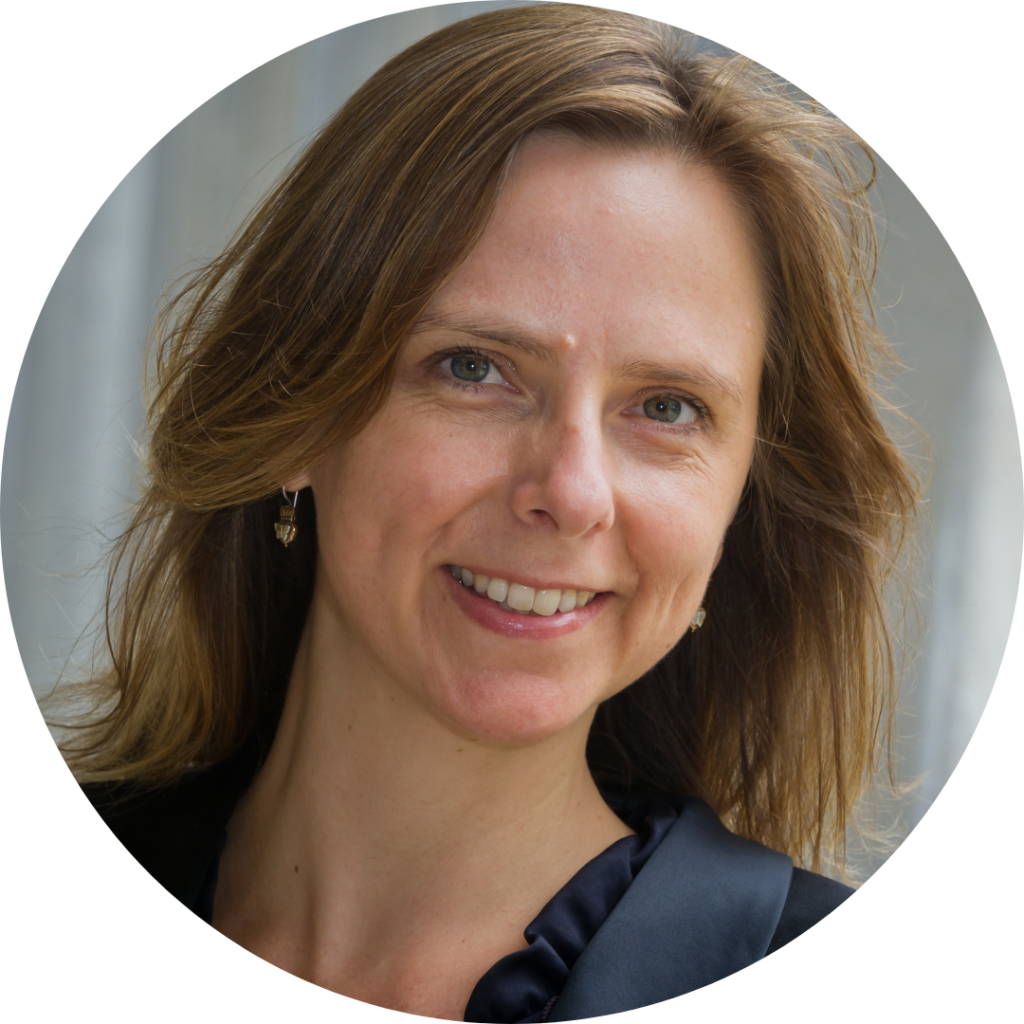
Dr. Anna Halafoff is Associate Professor of Sociology at Deakin University and the Coordinator of the Spirituality and Wellbeing (SWell) Research Network. She is co-author of Freedoms, Faiths and Futures: Teenage Australians on Religion, Sexuality and Diversity (Bloomsbury 2021) and co-editor of Religious Diversity in Australia: Living Well with Difference (Bloomsbury 2024).
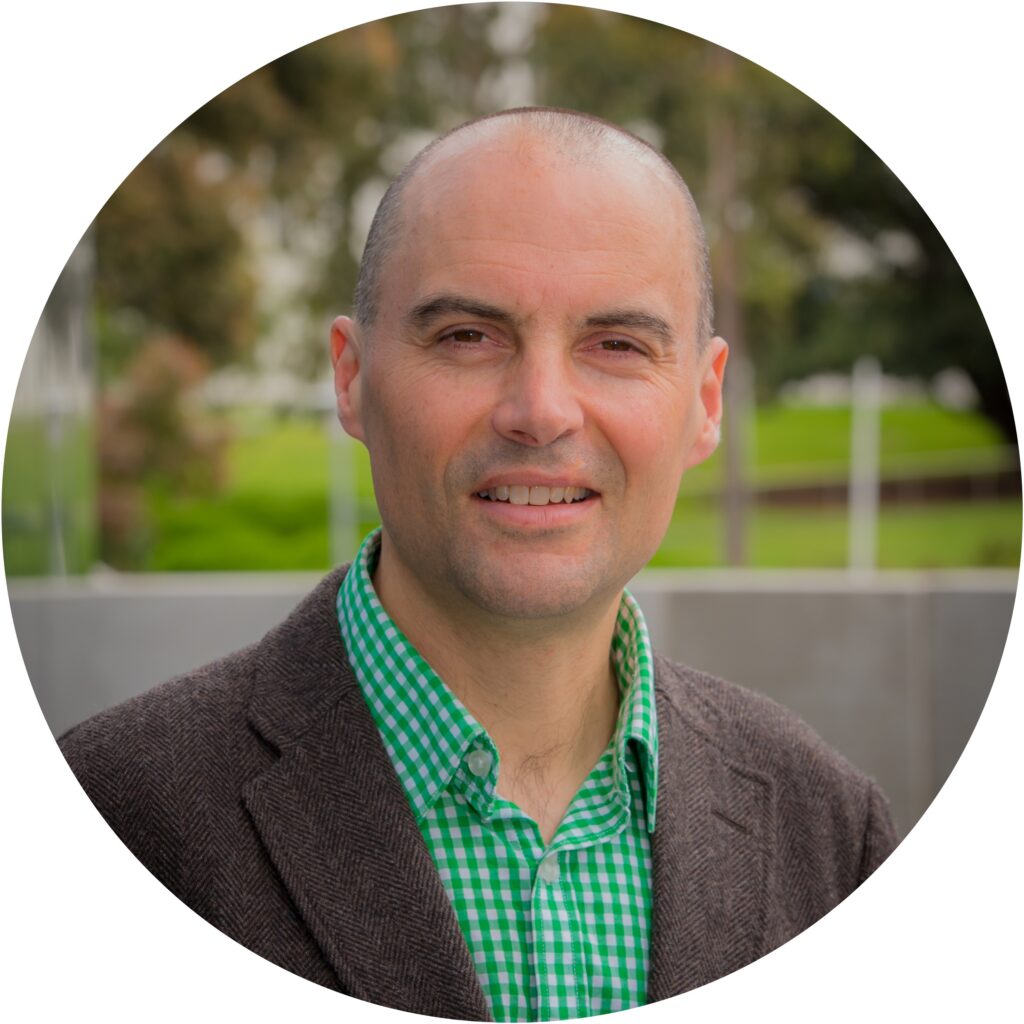
Andrew Singleton, PhD, is Professor of Sociology and Social Research at Deakin University, specialising in qualitative and quantitative approaches. His research spans youth religion, personal belief, and alternative religions
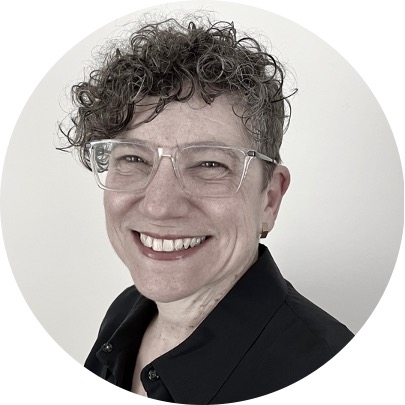
Dr. Elenie Poulos GAICD is an Adjunct Fellow in Politics and International Relations at Macquarie University and a past Visiting Fellow at Harris Manchester College at the University of Oxford. Her research on religion and politics is interdisciplinary, drawing from politics, sociology of religion, linguistics, discourse studies and critical studies in religion.
Recommended Citation
Halafoff, Anna, Andrew Singleton and Elenie Poulos. “Querying ‘No Religion’: State, Society and Spirituality in Australia.” Canopy Forum, February 6, 2025. https://canopyforum.org/2025/02/06/querying-no-religion-state-society-and-spirituality-in-australia/.
Recent Posts



